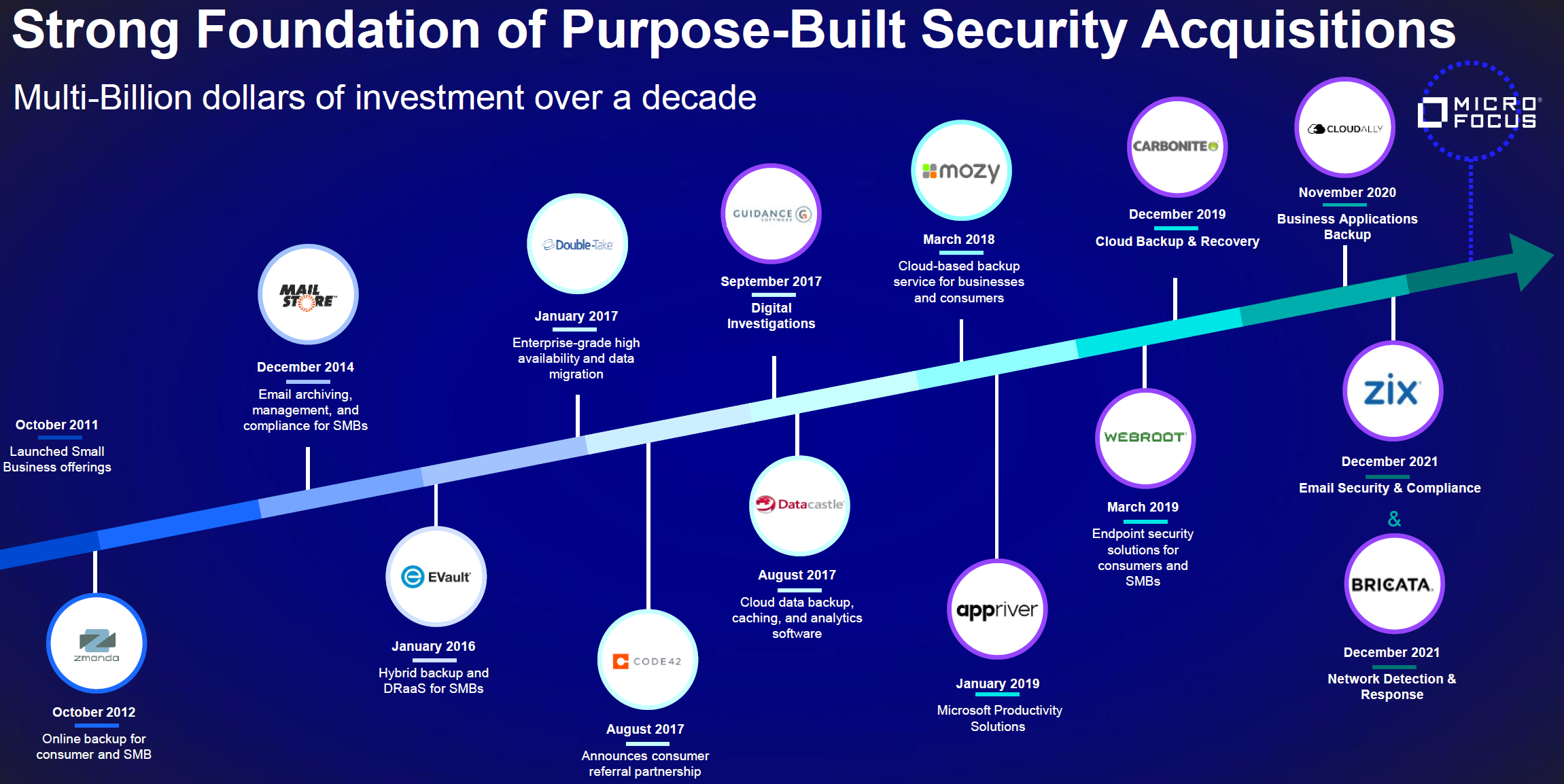Mitel’s strategy is to provide more choice and flexibility than any other vendor. Unlike most communications vendors offering off-the-shelf solutions, Mitel’s unique approach provides customizable options for cloud, deployment, collaboration, and vertical applications. In addition, Mitel helps customers navigate their communications and collaboration journey through its Customer Lifecycle initiative.
Mitel understands the importance of CLM in adopting UC and has made it a critical initiative. Mitel provides partners and customers with extensive CLM, data, and analysis to effectively plan their communications and collaboration solutions as part of its business strategy.
Techaisle data shows that 47% of SMBs and 49% of core & upper midmarket firms are focused on business resiliency enablement to manage change and uncertainty. At the same time, 27% of midsized businesses are targeting investments for growth and long-term success. In response to increasing business operating costs, economic uncertainty, and rising interest rates, customers are seeking communication solutions that are both flexible, effective, and affordable long term. Further, the shift towards hybrid work has increased the requirements of unified communications (UC) systems connecting individuals in different locations. 32% of SMBs and 22% of upper midmarket firms’ employees are expected to be hybrid. Updating UC systems to meet these changing requirements can be complex.
Future-ready businesses are seeking communications solutions that are agile, adaptive, transformative, flexible, and empowering. Thus, many organizations require guidance on the most efficient ways to invest in and modernize communication solutions. This is where customer lifecycle management (CLM) comes into play. By aligning an organization's goals with the UC technology being adopted or upgraded, CLM helps streamline the UC adoption process, ensuring that communication solutions are optimized to meet business objectives. As a result, CLM helps organizations maximize business value for customers and future-proof their investment in UC.
Mitel's approach to CLM
Mitel has differentiated itself from its competitors in the communication solutions industry by adopting a customer-centric approach that provides flexibility and choice throughout the communications lifecycle. Its CLM approach is designed to support customers using on-premise, hybrid, or cloud solutions. It has two main strategies – UC (communication and collaboration tools) and migrations (moving customers from on-premise or hybrid solutions to the cloud) – to ensure customers receive value and flexibility, regardless of their current solution.
Mitel's CLM approach focuses on delivering customer value in three key areas. Firstly, it adds value to existing customers' businesses by understanding their needs through innovative analytics. Secondly, it targets vertical markets such as healthcare, hospitality, state, local, and education (SLED), which require a private or hybrid cloud model due to security and regulatory requirements. Lastly, its strategic partnership with RingCentral helps customers migrate to public cloud solutions when most appropriate per their needs.
Techaisle survey data reveals that organizations have unique communications needs with a mix of infrastructures: on-prem, public cloud, private cloud, or a hybrid solution. A one-size-fits-all approach is only viable for some. It is a customer choice issue. Today, on-premises UC solutions are dominant, with 88% of organizations using some on-premises UC solutions. However, 44% are combining on-prem solutions with cloud solutions. Cloud communications solutions are also on their long-term plans, with 47% either evaluating or moving their on-prem communications to the cloud. However, customer choice and complexity create decision inertia for 64% of firms. Hence partners become the guiding beacon to manage the customer communications adoption lifecycle.















